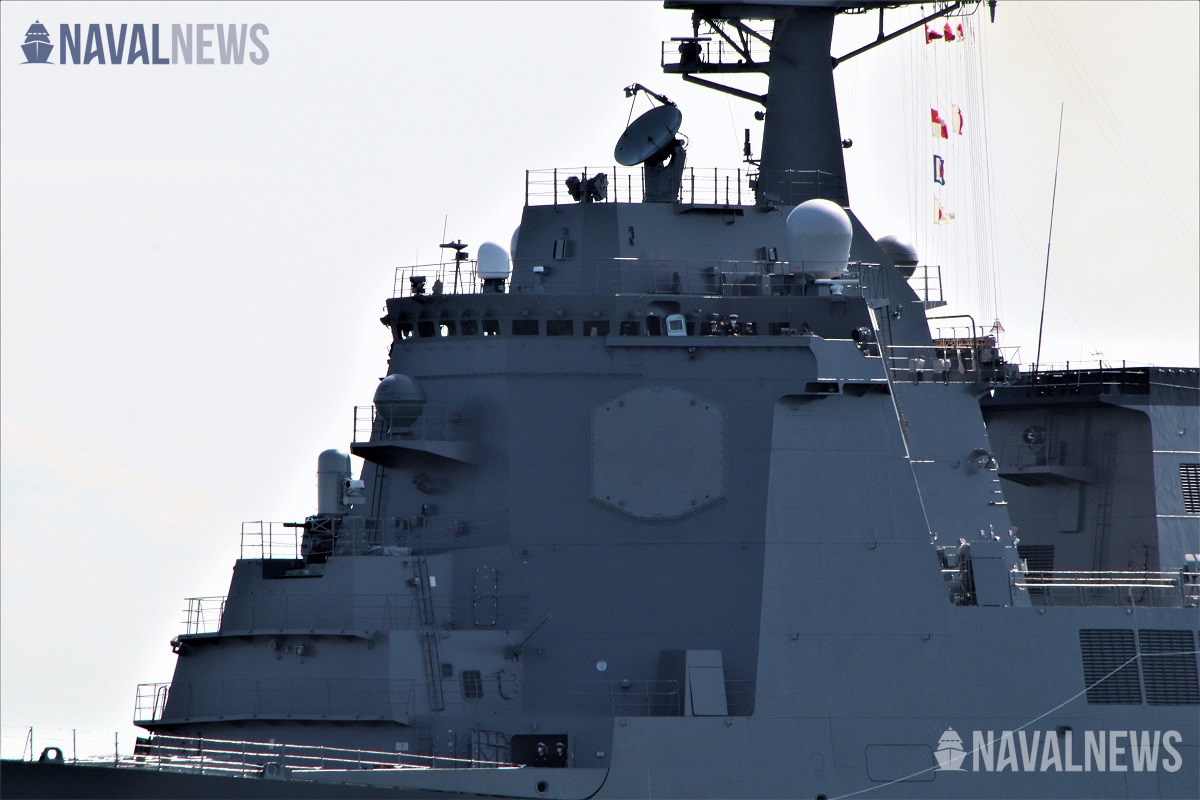The two new warships are planned to combine a development of the Maya class hull with the AN/SPY-7 Long Range Discrimination Radar.
BYTHOMAS NEWDICKNOVEMBER 2, 2020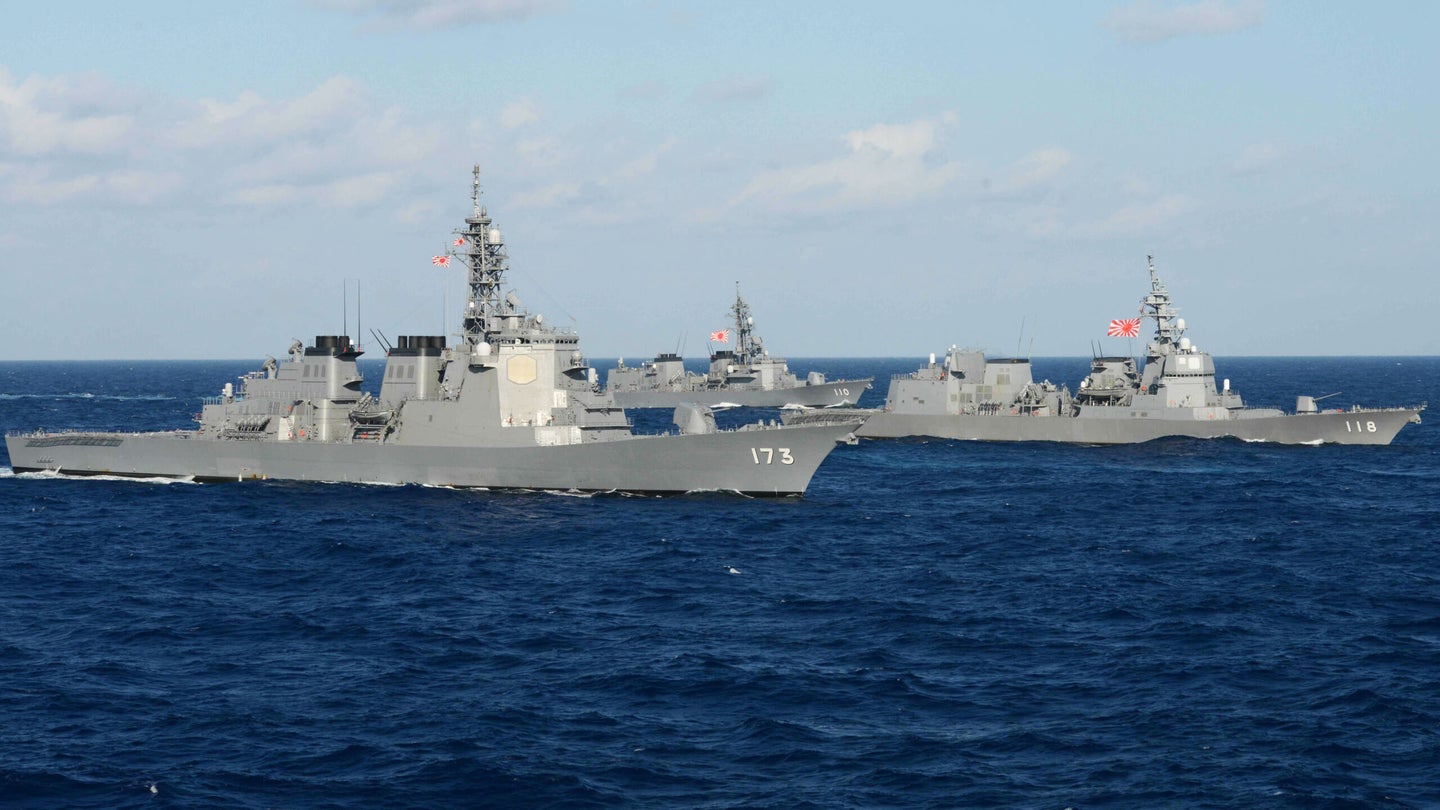
eports from the Japanese media say that the government is looking into the feasibility of procuring two new “super-destroyers” as an alternative to the pair of land-based Aegis Ashore systems, work on which was suspended earlier this year amid technical issues, rising costs, and domestic criticism.
The new warships would also be focused on missile defense, primarily to defend against North Korean ballistic missiles, and equipped with a version of the Aegis combat system utilizing the Lockheed Martin AN/SPY-7 Long Range Discrimination Radar originally intended for the Aegis Ashore sites.
Plans reportedly call for the Japanese Ministry of Defense to receive an interim report on the proposed destroyers in mid-November, before the government decides whether or not to proceed before the end of the year. One report from Nikkei Asia suggests that the plan is likely to be given the go-ahead.
It’s unclear whether Japanese officials are looking at a new ship design or a derivative of a warship already in production. It is very possible that the Japan Maritime Self-Defense Force (JMSDF) could receive additional vessels in the Maya class, one of which is already in service with another due to join the fleet in 2021. The Mayas already feature an advanced version of the Aegis combat system, or an enlarged derivative of the same class. The Maya class warships are themselves subvariants of the Atago class, which evolved from the Kongō class, a Japanese derivative of the U.S. Navy's Arleigh Burke class destroyer.
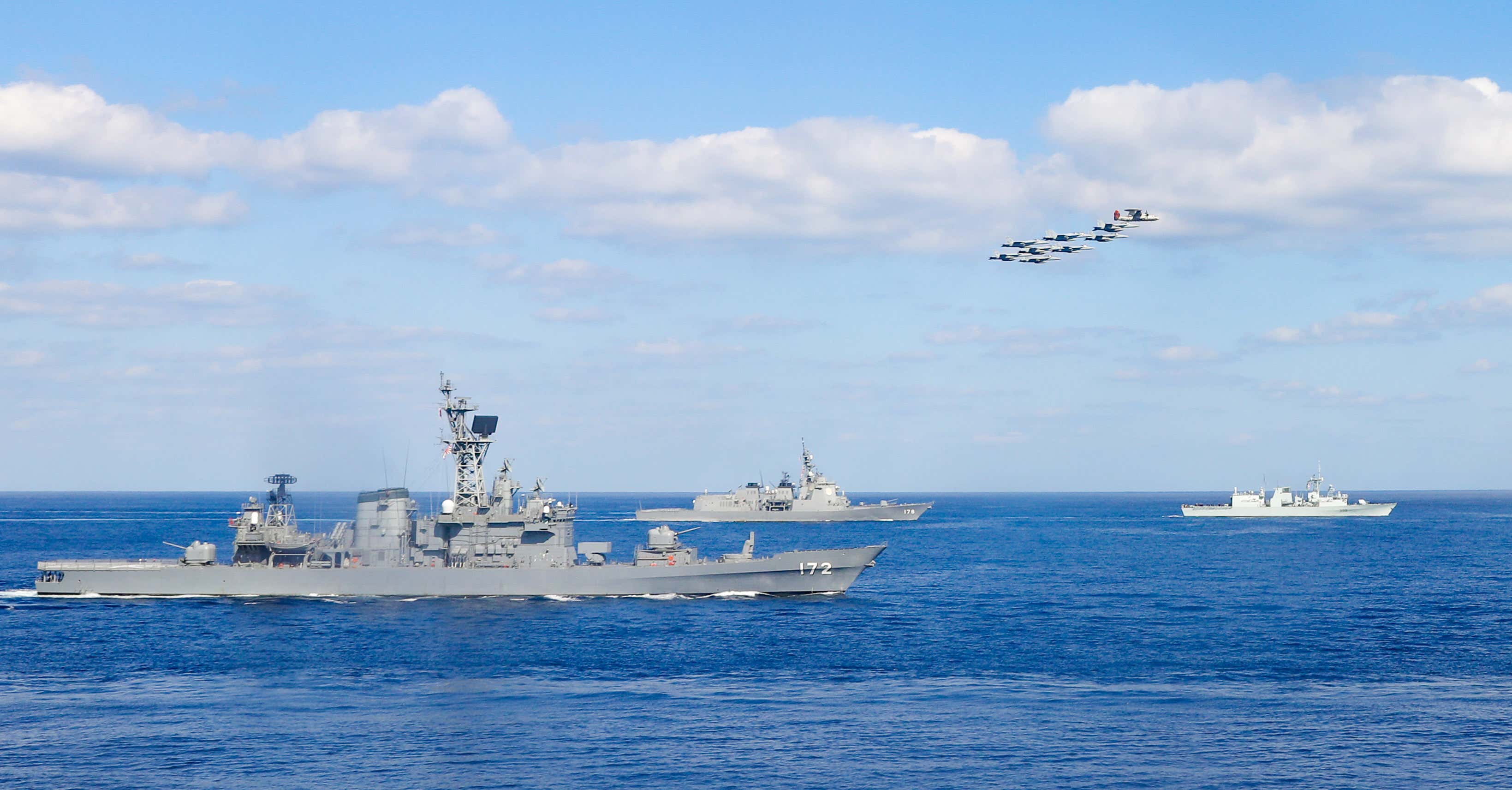
U.S. NAVY/SEAMAN SANTIAGO NAVARRO
Aircraft fly in formation above the JMSDF Hatakaze class destroyer Shimakaze (DDG 172), left, the Atago class destroyer Ashigara (DDG 178), and the Royal Canadian Navy frigate HMCS Winnipeg (FFH 338) during Exercise Keen Sword 21 in the Philippine Sea in October 2020.
According to a report from Tokyo’s Kyodo News agency, the Japanese government is now looking at vessels with a standard displacement of around 9,000 tons. The Maya class destroyers displace around 8,200 tons, but this would not preclude the development of a further expanded subclass. Indeed, it had been expected that the Maya class would eventually yield four hulls, so it remains possible that the final two will instead be completed to this revised specification, including AN/SPY-7 radars.
Kyodo suggests that the thinking behind the increased size of the proposed new destroyers is the need to increase the available living space in the “harsh working environment due to North Korea’s ballistic missile alert.” It is worth noting that the U.S. Navy has pursued something of a similar strategy with the upcoming Flight III Arleigh Burkes, which displace around 9,700 tons and represent what the U.S. Navy says is the fullest extent to which that hullform can be expanded upon.
As noted, the reported Japanese plan is for the new warships to be equipped with the same AN/SPY-7 radars that were to have been used in the Aegis Ashore system, which Japanese authorities had already agreed to buy. The additional requirements of this new system, in terms of space and manpower, may demand a revision of the superstructure of the existing Maya class, which could, in turn, demand changes to the hull.

KYODO VIA AP IMAGES
The main control center at the Aegis Ashore missile defense test complex in Kauai, Hawaii. Japan’s Aegis Ashore sites were expected to be of a similar design, but with the AN/SPY-7 radar instead of the AN/SPY-1 seen here.
Some funding for the two additional destroyers will be allocated from the fiscal year 2021 budget, Nikkei Asia reports, although additional costs will be involved in modifying the AN/SPY-7 for installation on warships. It is important to note that Lockheed Martin is already supplying versions of this radar for the future Canadian Surface Combatant, a class of ships based on the BAE Systems Type 26 frigate design, and Spain’s forthcoming F110 class frigates, both of which are smaller than the proposed destroyer Japan is now considering building.
Japan has considered alternatives to create special-purpose ships or offshore platforms dedicated to intercepting missiles, which were judged to be cheaper than procuring more “super-destroyers.” However, these options were too judged to be too vulnerable to attacks from the air or by submarines. Unlike both these options and Aegis Ashore, a new class, or sub-class, of full-scale destroyers also offers a greater degree of flexibility, being able to take on a range of missions in addition to missile defense.
The ships will also be a key node in the U.S. missile defense shield, which makes their procurement a priority for the U.S. as well as Japan.
Whatever the vessel ends up looking like, it will eventually field the SM-3 MkIIA interceptor. The missile will have extended engagement capabilities against more missile types over the currently fielded SM-3 variants. You can read all about this missile and the U.S.-Japan consortium that developed it here, here, and here.
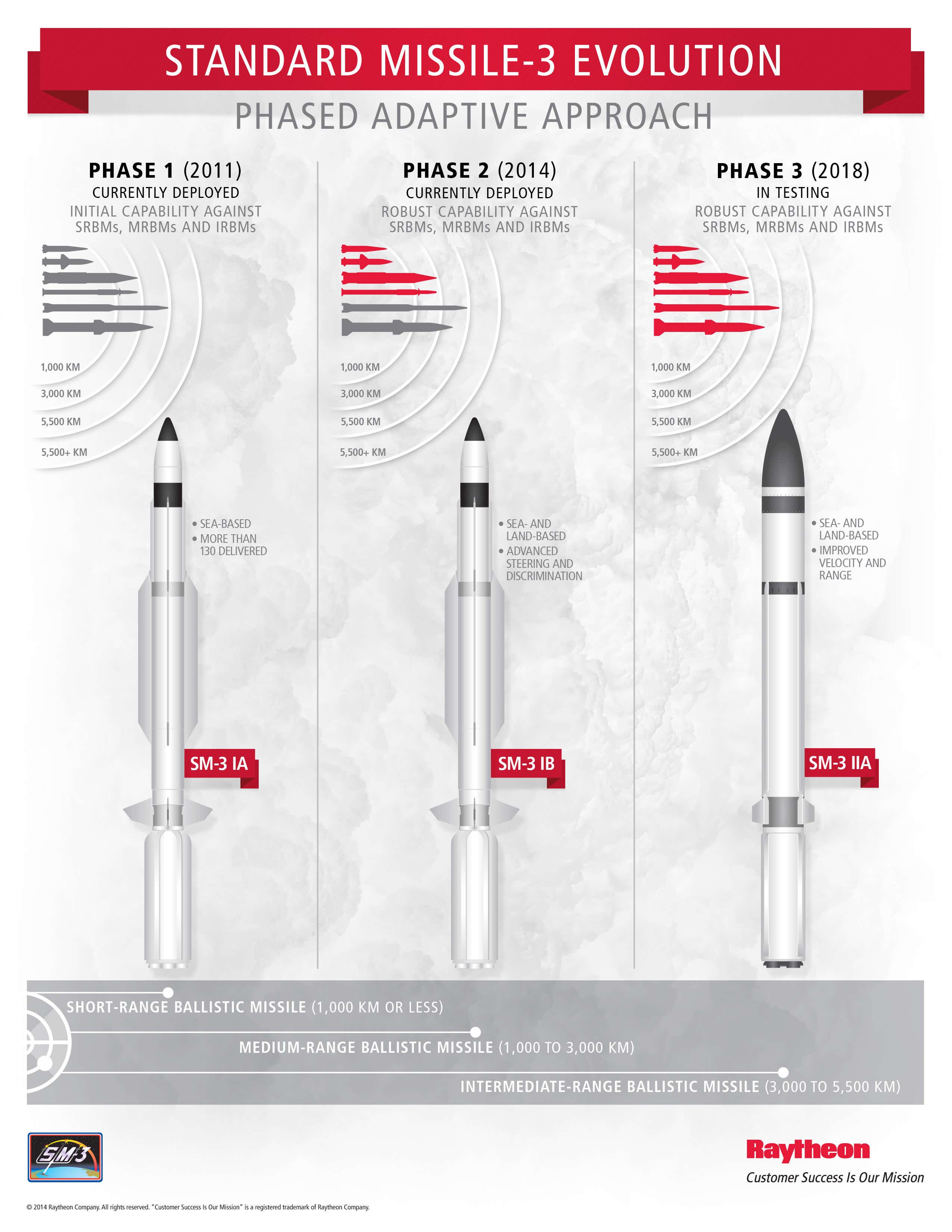
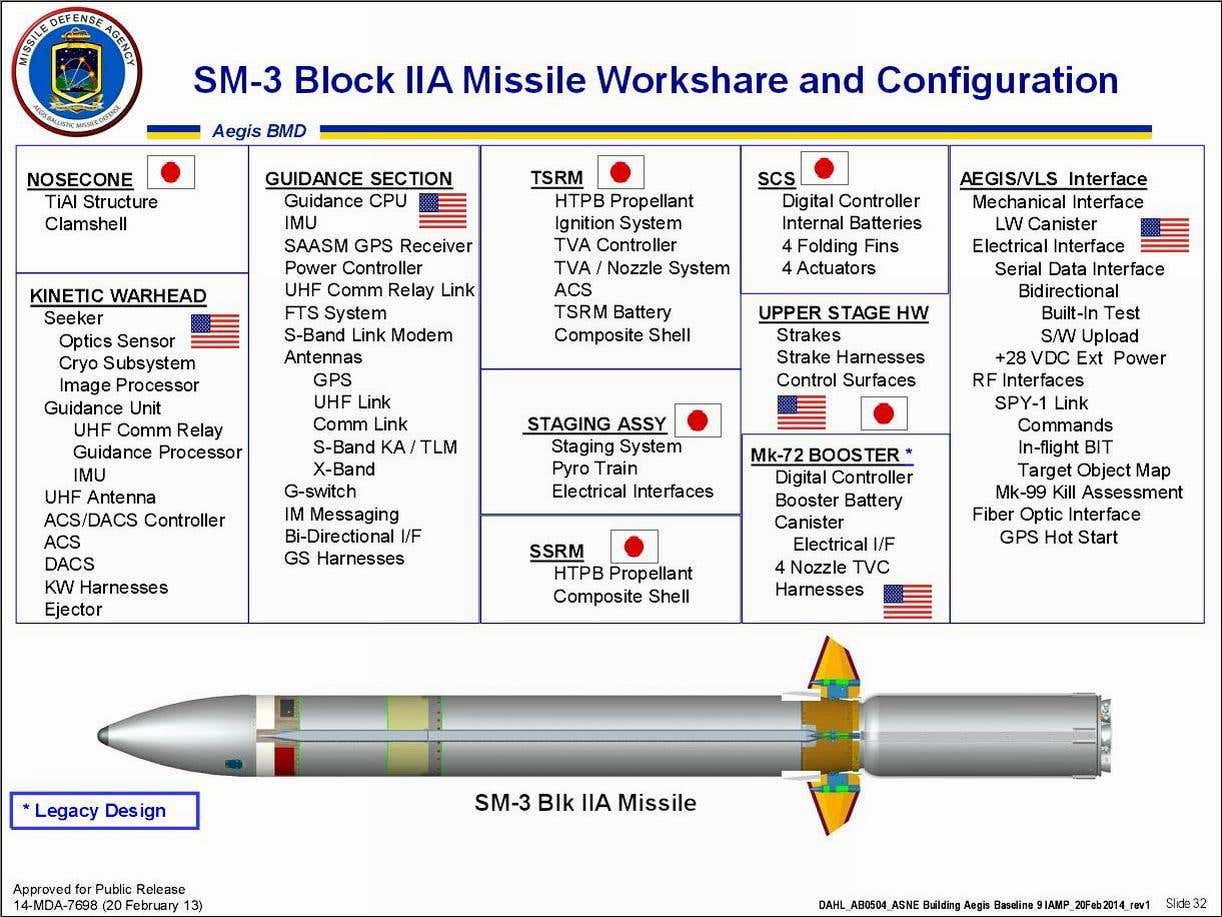
Beyond the ship's design questions and weaponry, this plan raises additional questions, especially around personnel issues, which could still present a problem. It’s worth recalling that the decision to procure Aegis Ashore systems in the first place was originally based on concerns about the limited number of available JMSDF crews to man traditional ships. Fielding another two major surface combatants will accordingly increase the pressure on the Japanese naval arm to expand its personnel numbers.
The pressures on the available crew have already led to plans to introduce a new class of smaller, multi-mission “destroyer,” known as the 30DX, or FFM, a categorization that highlights that this is actually more of a frigate-type warship. With a displacement of 3,900 tons, these ships have been specifically tailored to cope with the JMSDF personnel shortage and the first example is expected to be launched imminently. While cheaper than Aegis-equipped warships, and with a crew around a third the size, the multi-mission design is unable to perform the anti-ballistic missile role.
Providing the new Aegis-equipped destroyers are approved, they could provide a valuable means of defending against threats emanating from North Korea, as well as projecting power in the East China Sea and elsewhere. Japan’s defense budget request for the 2021 fiscal year was the biggest on record, at around $55 billion, and reflects the growing importance assigned to the country’s military, to face off threats from both North Korea and China.
Whatever shape and size the proposed new warships take, it is clear that the JMSDF destroyer fleet is in the ascendancy. Buoyed by increasing budgets, the defense ministry plans on boosting overall destroyer hull numbers to 54, compared to just below 50 at present. Cost, however, will still be a factor, reflected by the fact that ultimately 22 of Japan’s destroyers are planned to be the less-expensive 30DX/FFM warships, rather than full-scale destroyers like the Maya class.
Contact the author: [email protected]

Japan Considers Building Two Super-Sized Destroyers As An Alternative To Aegis Ashore
The two new warships are planned to combine a development of the Maya class hull with the AN/SPY-7 Long Range Discrimination Radar.




